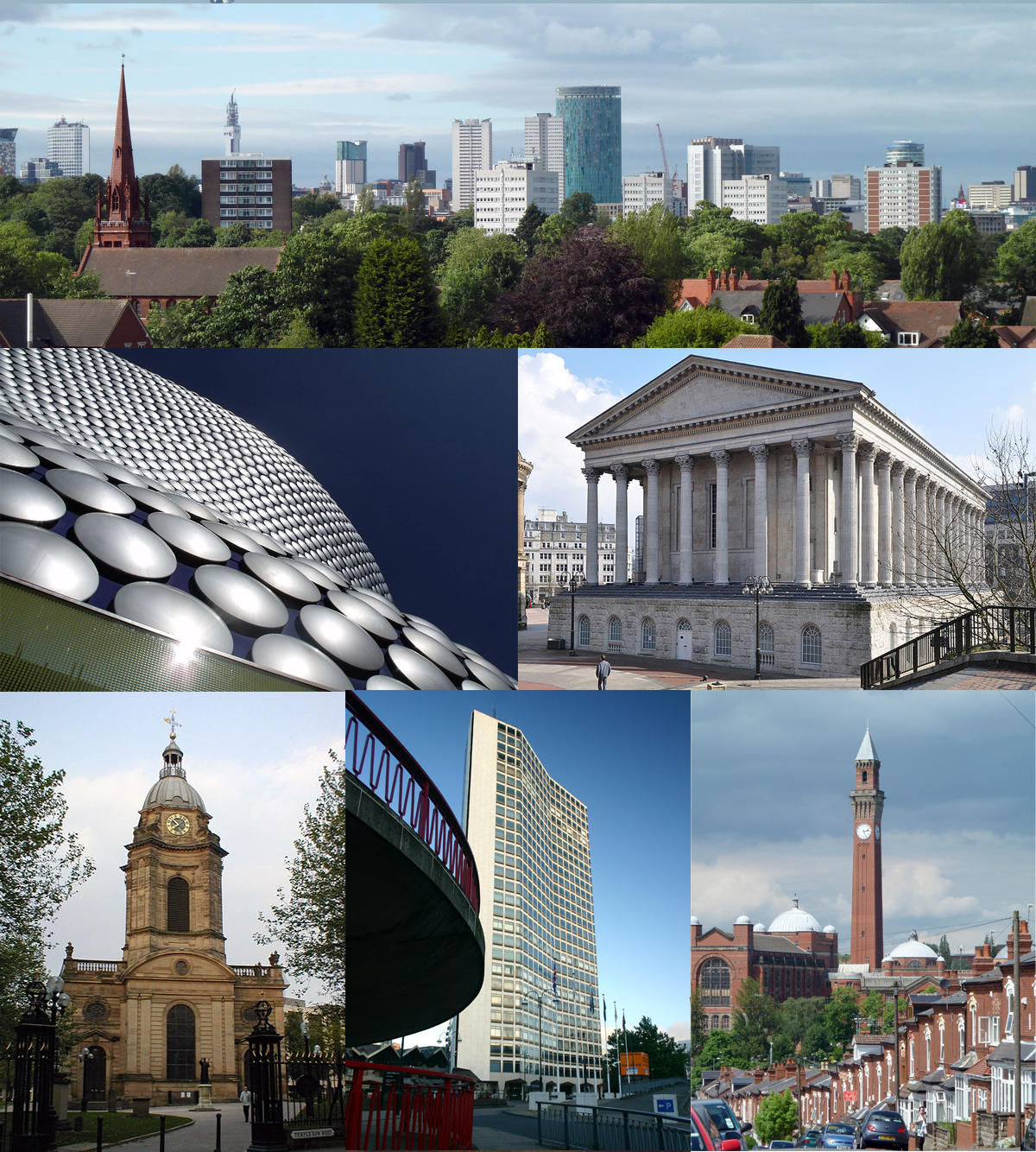
Continuing our article series on the Discovering Britain Walks, we stay with the midlands by move from the countryside to the urban heartland. Birmingham has been described for many centuries as the ‘Workshop of the World’, producing everything from coins to chocolate since the Middle Ages. The city is also a product of change and migration with an ethnically diverse population encompassing Irish labourers, Jewish refugees and Chinese businessmen. This walk explores a vibrant industrial past, a rich ethnic diversity and an exciting future of redevelopment.
The walk is just under two miles long and begins in the centre of the bullring from where it takes in a circular route to end at Victoria Square. The guide describes it as an ‘easy city walk’ which is flat and accessible, but please be aware that some early sections are along busy roads.
The modern day bullring is one of Europes largest shopping complexes, but it began life as a market in the twelfth century when Peter de Birmingham obtained a charter from King Henry II. The name comes from the bull baiting which took place here, when dogs were set on bulls for sport. Moving on you will encounter a statue of Admiral Lord Nelson, who is celebrated in the city for opening the world markets to Birmingham through his naval conquests. The city was the first to erect a statue to the Admiral and every year commemorates his victory at Trafalgar with a service. The Selfridges building to your right is covered with 15,000 aluminium discs inspired by chain mail.
As you continue your walk you enter Digbeth, the birthplace of Birmingham. It is the Irish quarter of the city. Birmingham hosts the third largest St Particks Day celebrations in the world. Follow the walk further to the Chinese Quarter and the marble pagoda which pays tribute to the cities thriving Chinese businesses and community.
No walk around Birmingham would be complete without mentioning the famous canal network. Designed by the cities industrialists, the canals provided an easy means of transporting goods in and out of the city, fuelling rapid development. The city now has more miles of canal than Venice. Centenary Square at the top of Broad Street hosts the new city library, an impressive multi layered structure in gold and glass. Opposite stands the Golden Boys statue, which depicts the great industrialists of the city, Matthew Boulton, James Watt and William Murdoch.
Birmingham boasts a brand new central station for access by train and a central location makes it an often easy approach by car.
Handsam can help you plan your trip to Birmingham with our trip planning system. Or perhaps you would like to tailor your trip to take in a paticular area or theme, see our subject specific trip guidance. Check out our other article of the Discovering Britain series, including the Wrekin and Strand walks.



